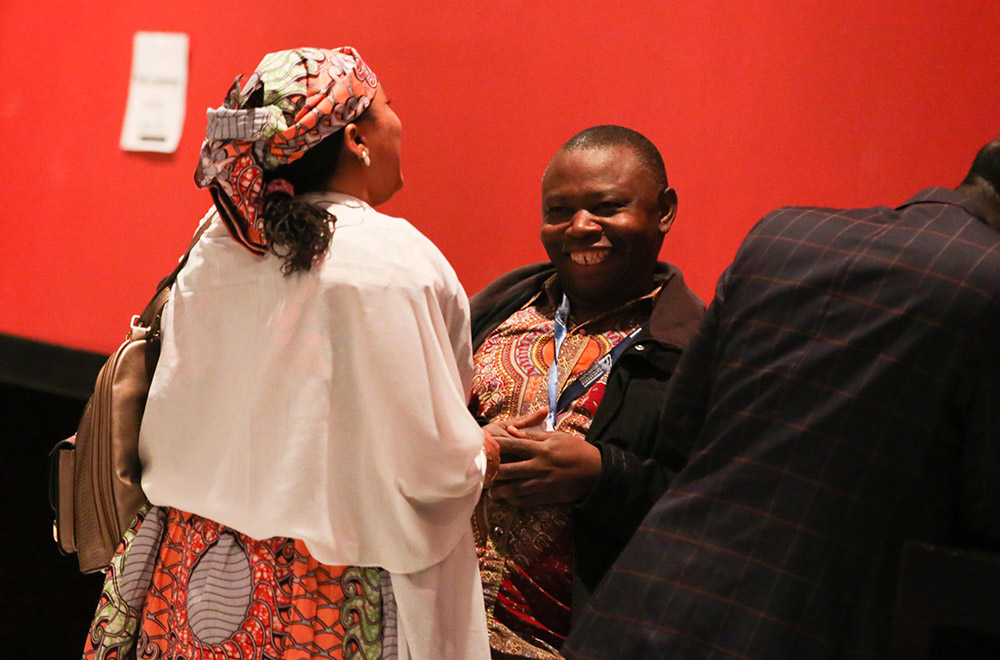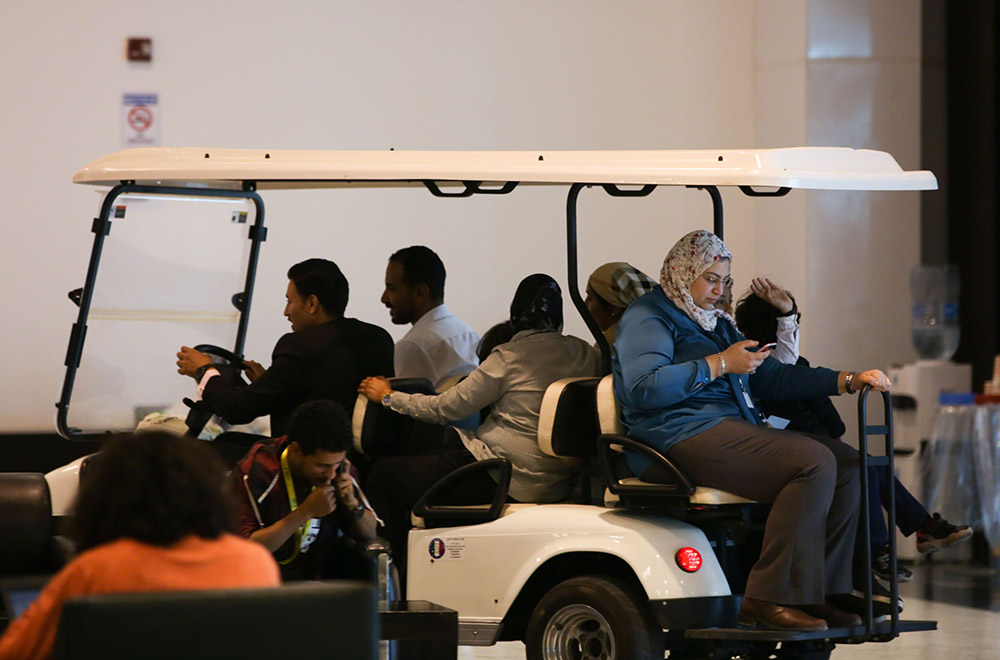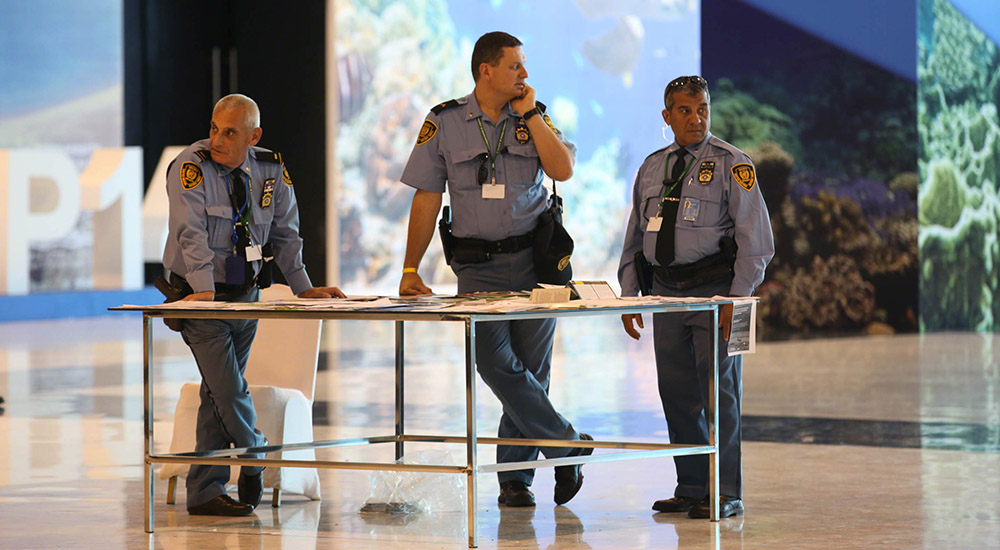Summary

The following events were covered by IISD Reporting Services on Sunday, 25 November 2018:
Photos by IISD/ENB | Kiara Worth
For photo reprint permissions, please follow instructions at our Attribution Regulations for Meeting Photo Usage Page
Investments in Coral Reefs Can Help Achieve Multiple Biodiversity and Sustainable Development Goals
Presented by the UN Environment Programme World Conservation Monitoring Centre (UNEP-WCMC), the International Coral Reef Initiative, UN Environment Programme (UNEP), GRID-Arendal and Vulcan
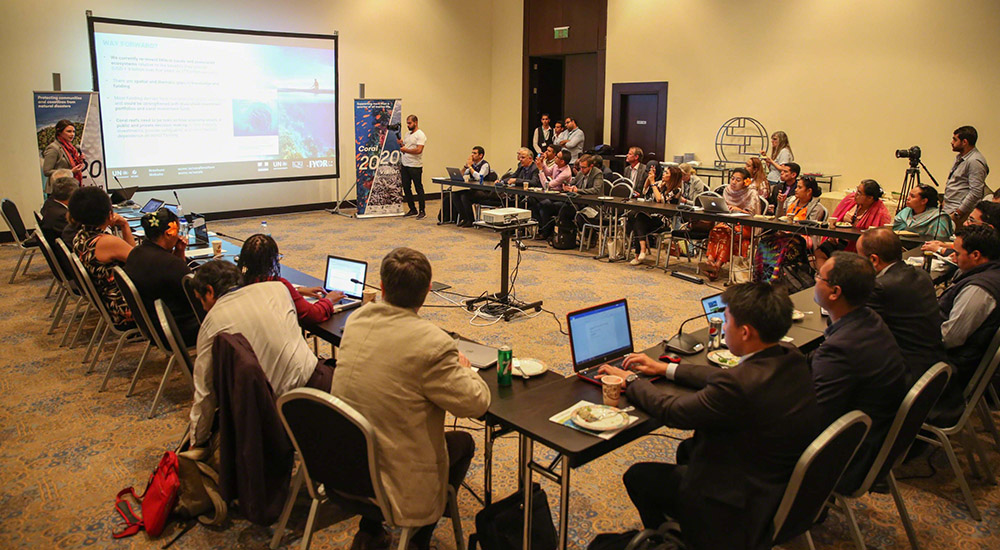
This event presented benefits obtained from healthy coral reefs and discussed how investing in coral reef conservation enhances livelihoods and offers multiple benefits. In celebration of the third International Year of the Reef (IYOR), the session featured three stories from the Pacific, Caribbean and Southeast Asian regions, which focused on: where we are on coral reefs and how they are changing over time; what investments are being made in coral reefs and associated ecosystems; and how this financing is yielding multiple benefits for communities. The event also highlighted the launch of a partnership to save coral reefs at CBD COP 14, aimed at mobilizing global leadership to save coral reef ecosystems from near-extinction by mid-century.
Lauren Weatherdon, UNEP-WCMC, moderated this event, which began with the screening of a video on the COREMAP project that helps to revive coral reefs in Indonesia. Weatherdon reported that over US$1.9 billion was directed toward coral reef conservation between 2010 and 2016. She underscored, however, that this funding was scarcely directed to policy development and monitoring. Reporting on successes from investment in coral conservation in Indonesia, Vanuatu and Fiji, she noted that coral reef conservation is benefitting fishing communities, among others.
Tamara Thomas, The Nature Conservancy, presented her institution’s direction on insuring nature for a resilient future, adding that many insurance companies are now leading proponents for climate adaptation and resilience. She highlighted a pilot project called the “Coastal Zone Management Trust,” which is promoting conservation of coastal areas in the Caribbean.
Andi Rusandi, Ministry of Marine Affairs and Fisheries, Indonesia, presented on the status of 2.5 million hectares of Indonesian coral reefs, noting their vulnerability from pollution, sedimentation, mining and destructive fishing. Rusandi stressed their importance for providing food and sustaining livelihoods for millions of coastal communities in the country. He further emphasized that the joint effort of marine protected areas, fisheries management and marine spatial planning provide opportunities to enhance efforts in coral reef protection and overcome the challenges of implementing any one strategy alone.
Gwendolyn Sisior, Ministry of Natural Resources, Environment and Tourism, Palau, identified the efforts of her government in promoting a locally-led delineation of protected areas for coral reefs through the work of the Protected Areas Network. She also spoke about the “Palau Pledge” that tourists to Palau are required to make to assure a commitment to responsible action when visiting the country’s coral reefs. Through the Responsible Tourism Education Act, she described Palau’s efforts to ban sunscreen products to protect coral reefs.
Vin Fleming, Joint Nature Conservation Committee, UK, discussed a natural capital approach to mapping resilience in Caribbean Overseas Territories. He presented the methodology, including: high-resolution satellite maps; historical rain, soil and habitat data; and bathometry data. He reported that the project’s projections of damage caused by storms had a 90% overlap with actual damage caused by Hurricanes Maria and Irma in 2017.
Alisi Rabukawaqa, Coral Reef Alliance, Fiji, presented local approaches for safeguarding coral reef ecosystems through “adaptive reefscapes,” which are diverse, connected and large reefscapes. She noted that larger reefscapes have been shown to be more resilient than the smaller ones.
Tanya Bryan, GRID-Arendal, described the PANORAMA Platform, which gathers solutions on thematic challenges ranging from marine and coastal issues, ecosystem-based adaptation and business engagement solutions. On marine and coastal solutions, she spoke about opportunities for sustainable financing mechanisms and coral reef protection, including environmental trust funds, public-private partnerships and tourism fees. She noted that different conservation finance mechanisms are often blended together to reflect a particular context.
In the ensuing discussion, participants raised, inter alia: the methodology of quantifying cost estimates of coral reef damage; the challenges of reducing cultural values of coral reefs to monetary values; ways to ensure conservation finance is regulated to ensure the sustainability of investment approaches; and ways to enhance innovative financing mechanisms for coral reefs.
In conclusion, Neville Ash, Director, UNEP-WCMC, emphasized that countries are making strides in coral reef management, with visible returns on investments. He noted the fact that awareness of coral reef conservation was also increasing and read a towel card from a hotel in Sharm El Sheik, stating the need to “please help to protect our coral reef: take nothing with you, leave nothing behind.”
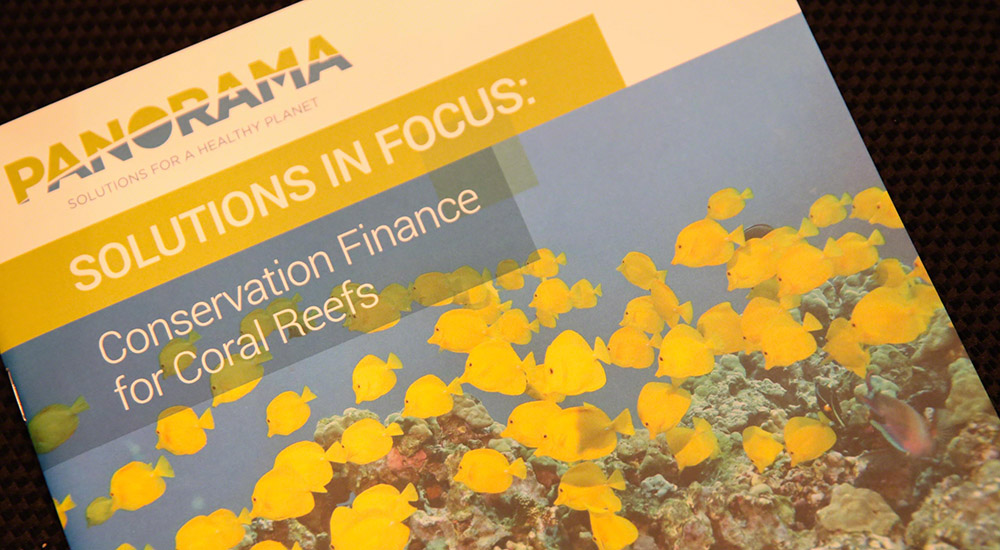

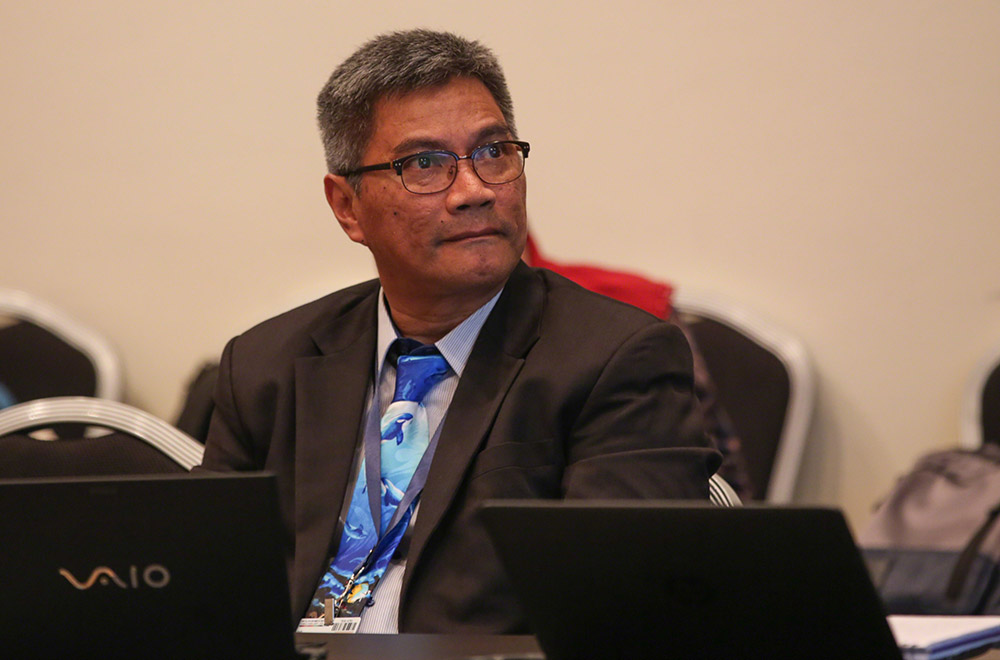
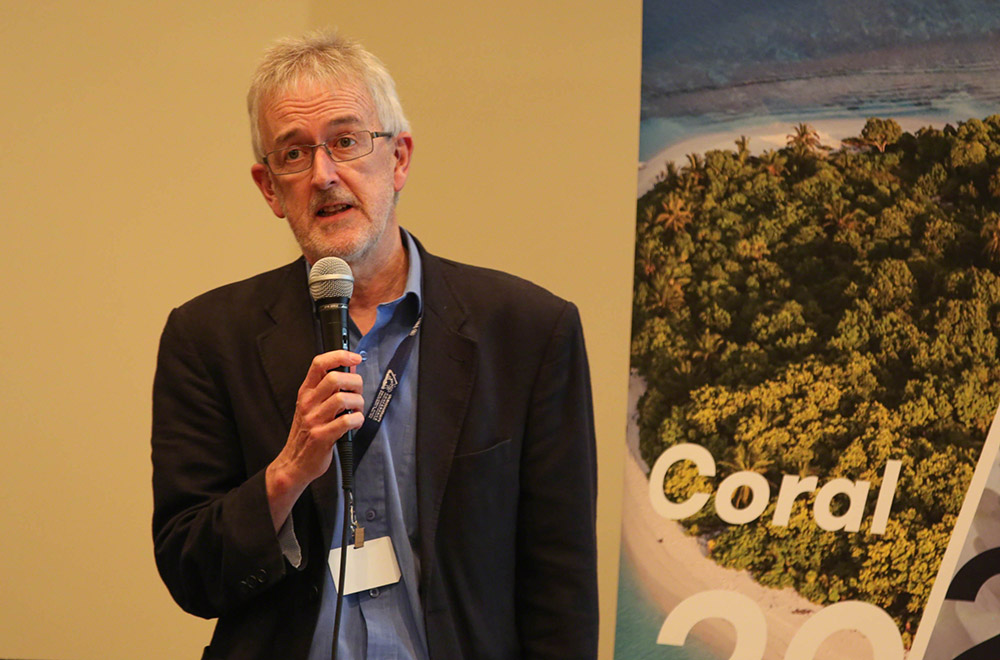
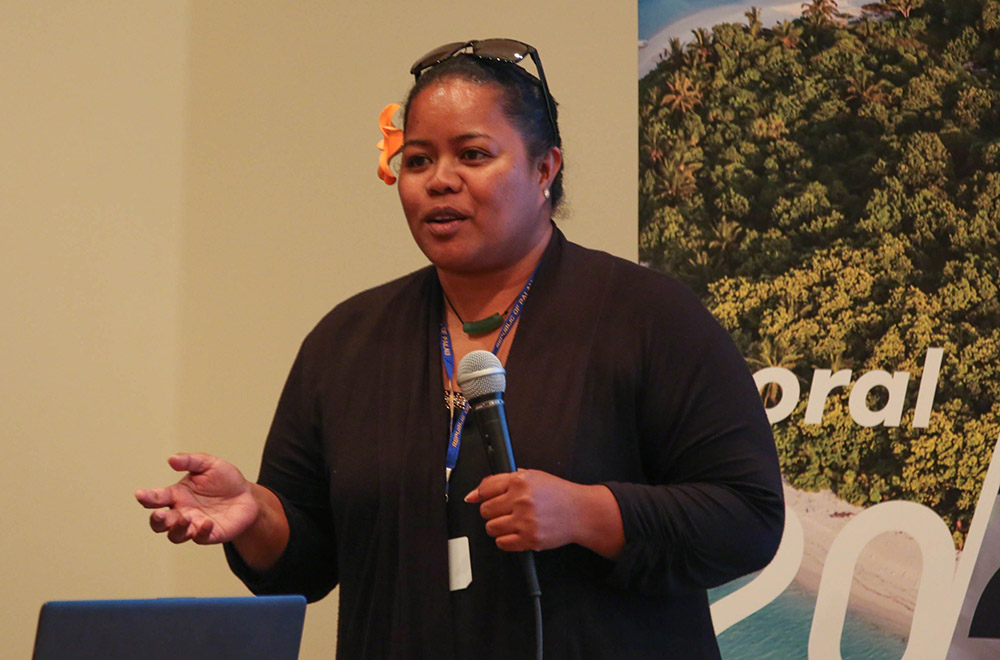
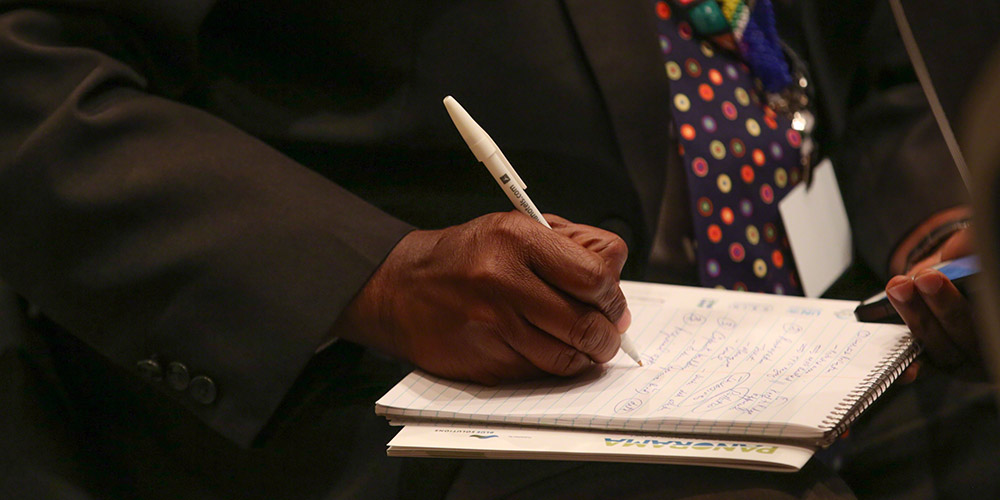
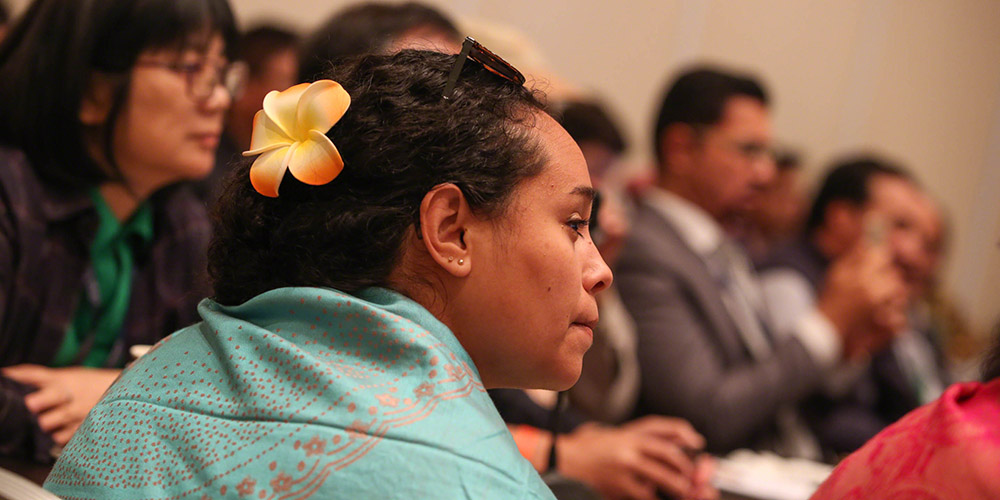
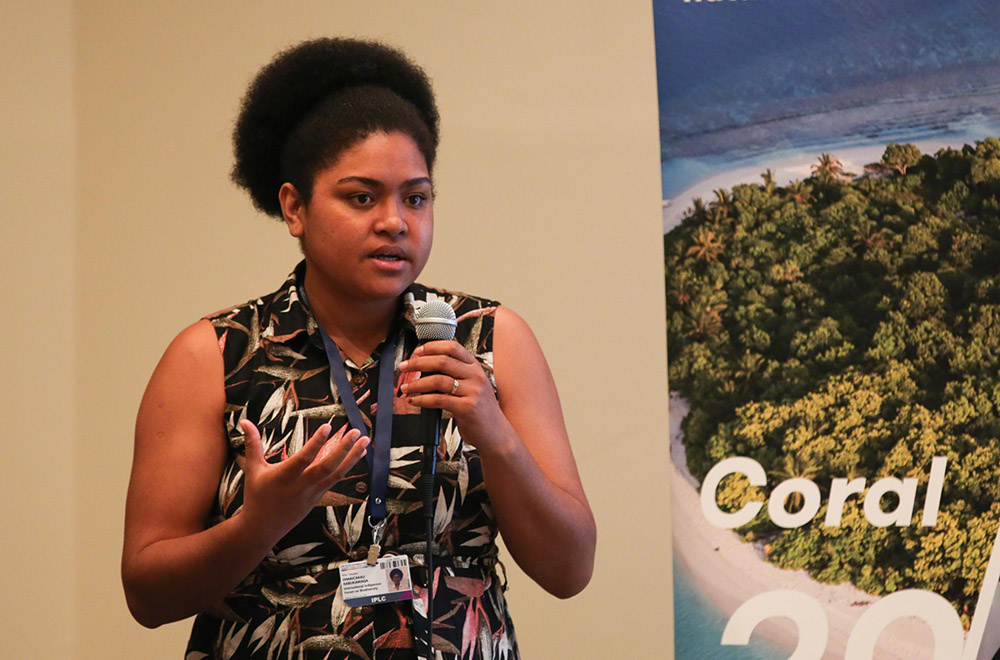
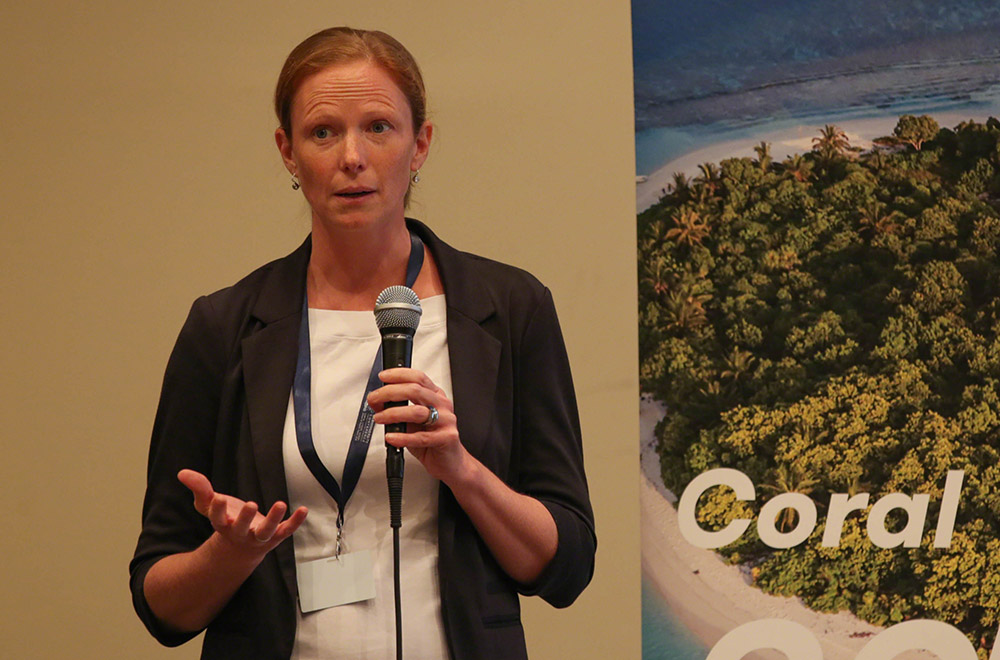
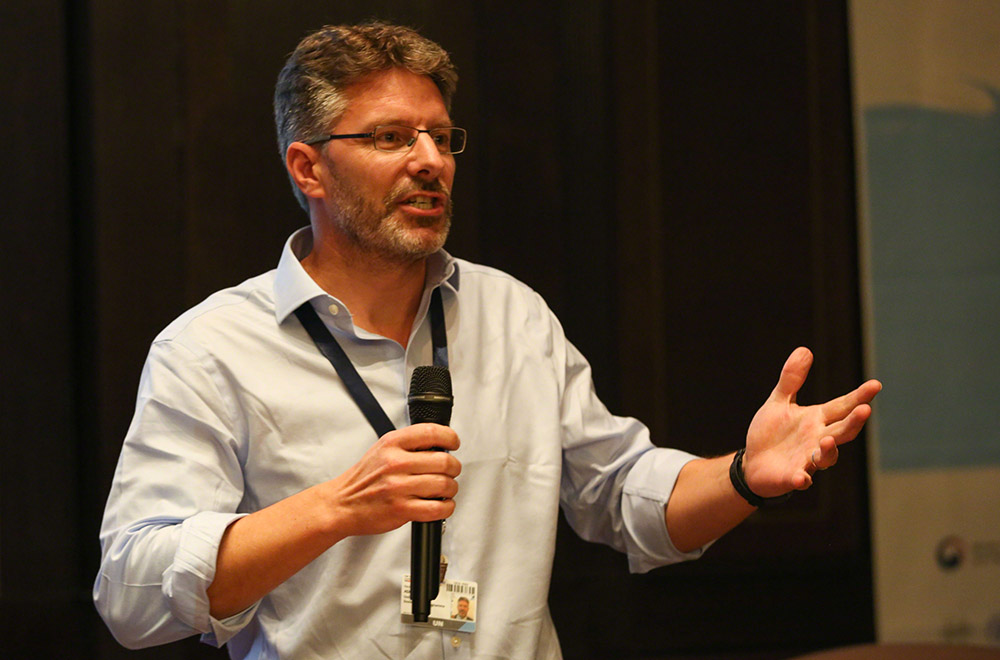
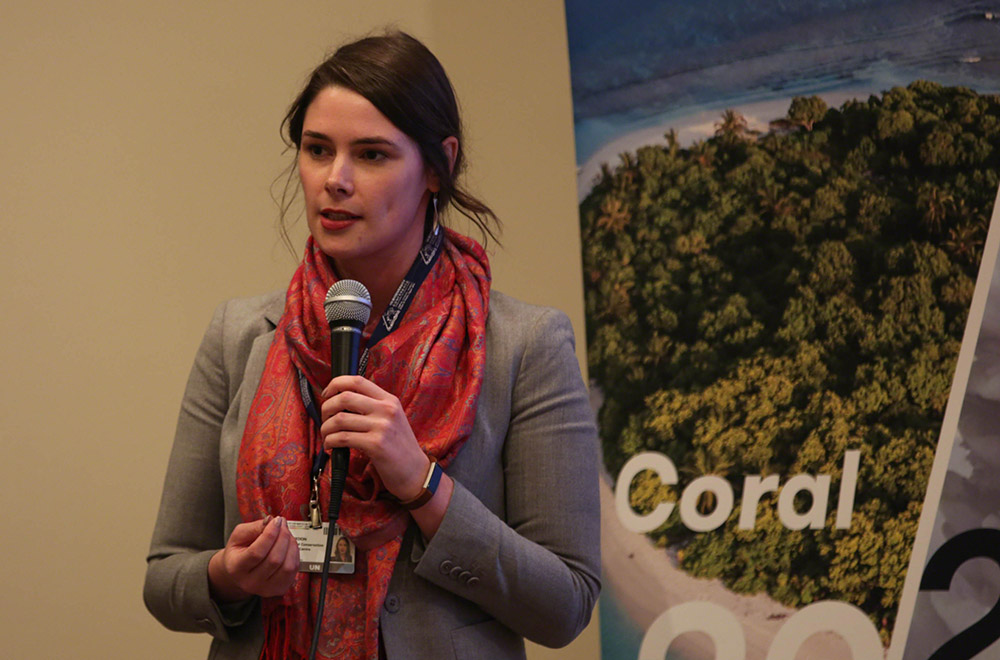
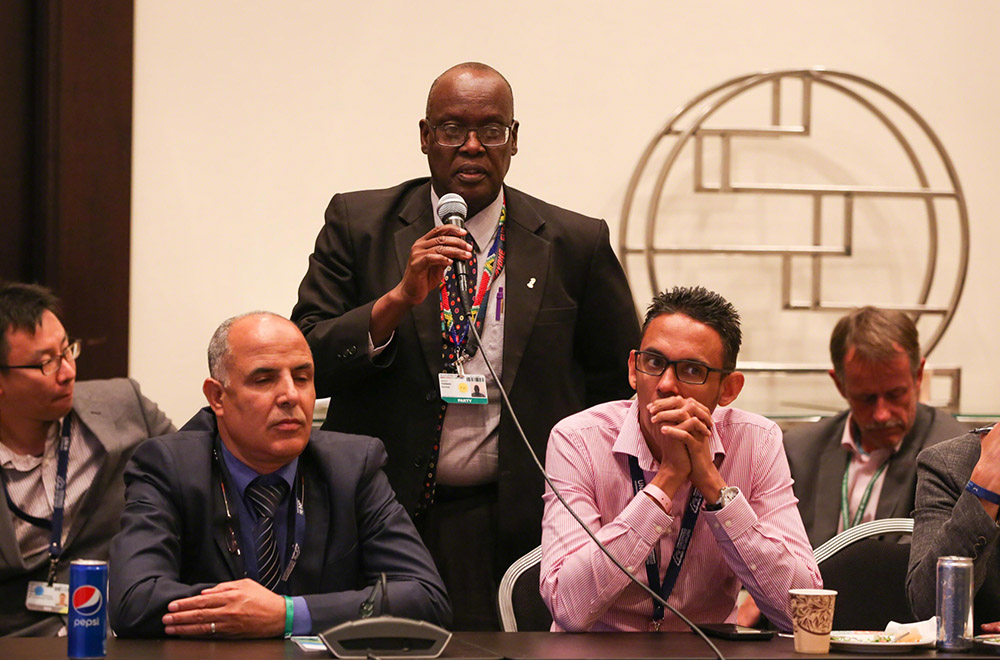
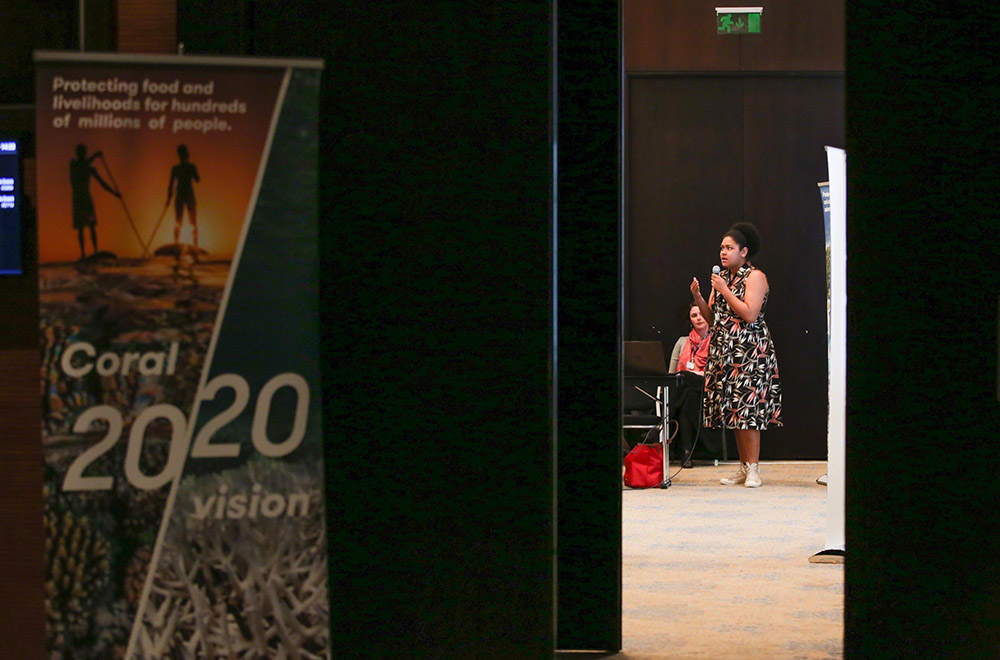
Peace and Biodiversity Dialogue Initiative - Introduction to the E-Module
Presented by the CBD Secretariat

This event explored the intersection between biodiversity conservation and community peace building, focusing on how to establish a Peace Park using innovative methods based on the most contemporary research and projects on the ground.
Panelists focused on the Massive Online Open Course (MOOC) on Peace Park Development and Management, a free three-week course offered in five languages: English, French, Russian, Spanish and Arabic. The MOOC is financially supported by the CBD Secretariat’s Peace and Biodiversity Dialogue Initiative (PBDI), funded by the Ministry of Environment of the Republic of Korea. The event was hosted by the CBD Secretariat, in partnership with the UN Development Programme (UNDP), the PBDI and the UN Environment Programme (UNEP).
In the opening, Sarat Babu Gidda, CBD Secretariat, emphasized the potential of parks to mitigate conflict and promote biodiversity conservation. On the rationale for developing Peace Parks, he stressed the importance of capacity building to further advance this initiative and noted the need to understand the level of interest from Parties.
Gidda, on behalf of Alexander Shestakov, CBD Secretariat, delivered a welcoming speech, which recalled that the PBDI was launched in 2015, during the Republic of Korea’s COP presidency. He highlighted that the Republic of Korea is taking the lead in promoting the initiative, noting that the PBDI brings together two elements essential for life on earth: peace and biodiversity. He concluded by affirming that the creation of the global platform for learning on Peace Parks is an excellent opportunity to reach out to the world and promote peace building and the preservation of biodiversity.
Soon-Hwan Hwang, Republic of Korea, noted transboundary challenges, highlighting that the PBDI aims to promote peace by conserving biodiversity and protecting the most vulnerable. He declared that reflections from the side event would inform the way forward on the Post-2020 Biodiversity Framework and help simplify the mechanisms for capacity building and human connection.
As a keynote speech, Jamison Ervin, UNDP, praised the UNDP-CBD partnership and the support of the Republic of Korea. Explaining why a Peace Park course was being developed, she recalled the growing drivers of global conflict: extreme weather; natural disasters; involuntary migration; water and food crises; and the spread of diseases. She underlined that Peace Parks promote peace building and conservation as they: conserve large intact forests; promote effective management; create wildlife corridors; strengthen forest governance, law and enforcement; promote joint finance opportunities, such as for carbon; and reduce conflicts. On the course’s goals, she said the aim is to:
- enable Peace Park practitioners and policymakers to make a strong case for Peace Park development;
- provide the necessary basic guidelines for the effective planning of Peace Parks;
- provide the tools for developing an effective Peace Park management plan; and
- address the challenges associated with the creation and management of a Peace Park.
She underscored the content of the three-week course, which comprises: an introduction to Peace Parks; developing and managing Peace Parks; and challenges and lessons learned. She stated that, upon completion, participants will be able to: understand what a Peace Park is; define the objectives of Peace Parks; and describe the required international policy framework that enables their establishment. In closing, she announced that Peace Parks Course registration is currently open and thanked the government of Egypt for supporting translation to Arabic.
The event continued with a session titled “What do you think we should do next?” to get feedback from the audience on the course content and for general ideas for Peace Parks.
In the ensuing debate, Gidda noted the interests of Liberia, Namibia, Botswana and Peru in learning about the PBDI. A participant raised the issue of threats of natural disasters, asking how the initiative could have an impact on the ground.
In response, Ervin note the advantages of e-learning, which include learner exchange, language options, time flexibility, virtual mentorship, and potential carbon emissions reduction due to limited travel. She announced the launch of the website: www.learningfornature.org, a platform that functions as a social media platform to build a community of individuals engaged in peace building and conservation.
Gidda underscored the importance of addressing the root causes of conflict and environmental degradation, noting that global targets are often missed. Other delegates raised the importance of: addressing the synergies between health, peace building and conservation; enhancing communication on Peace Parks; and further engaging with practitioners on the ground.
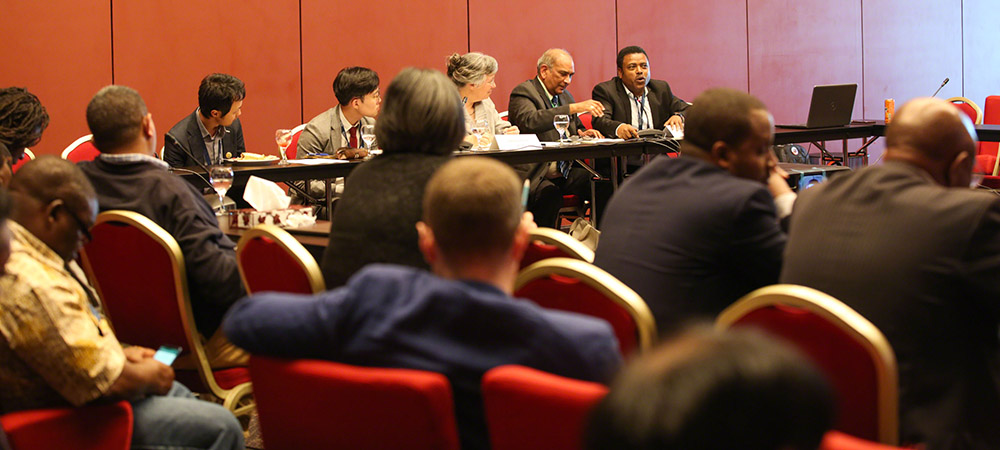
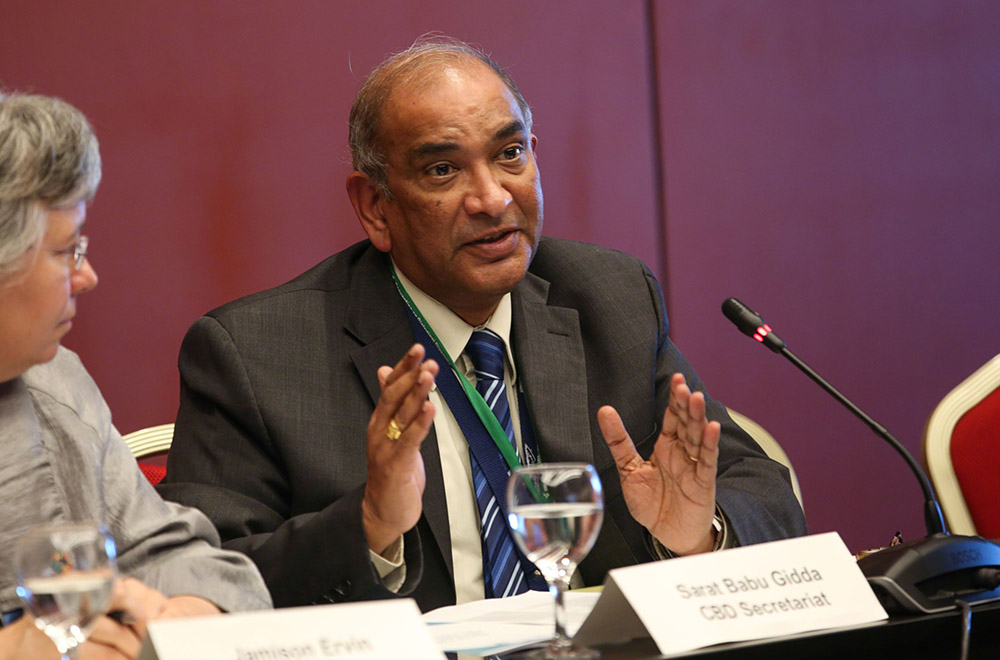

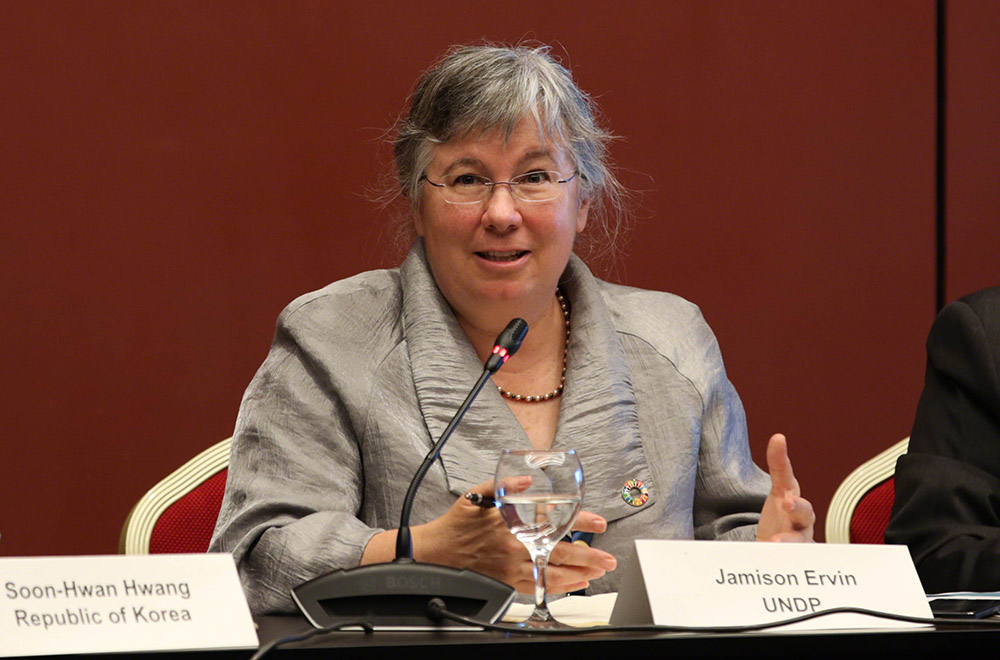

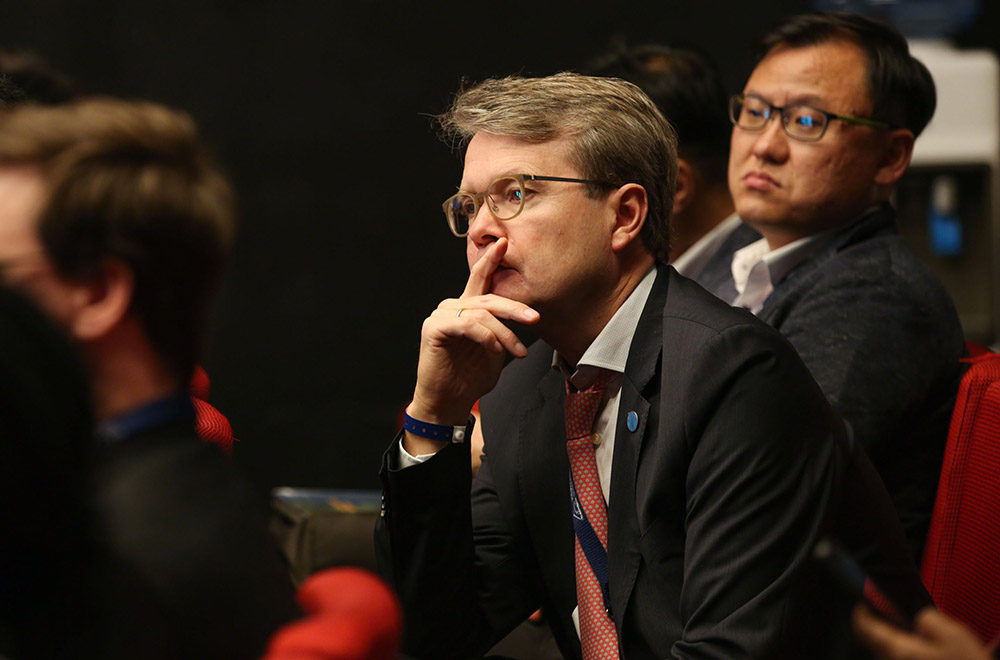
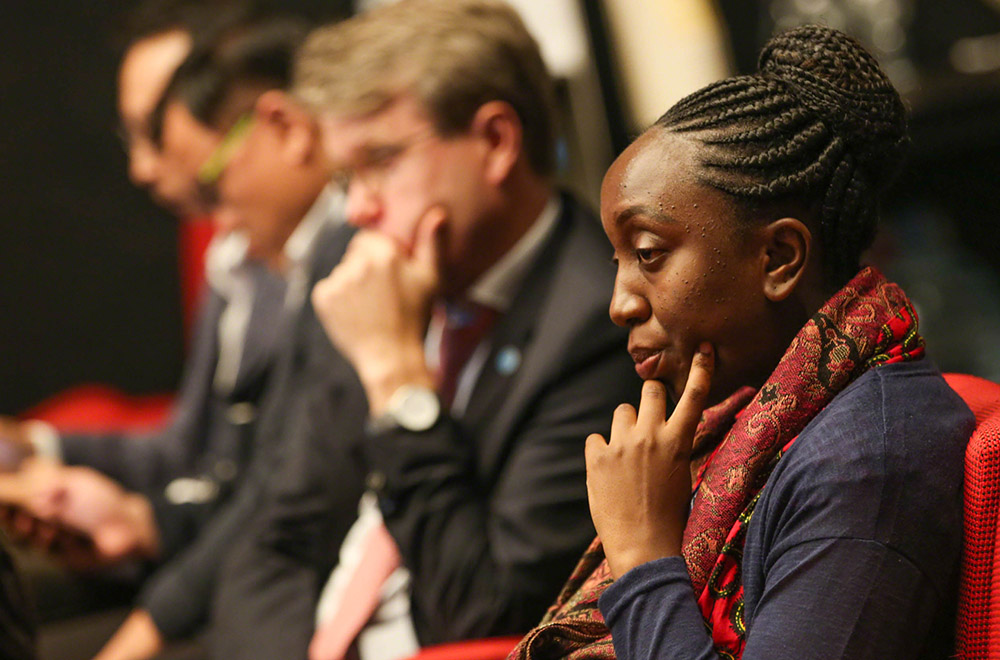
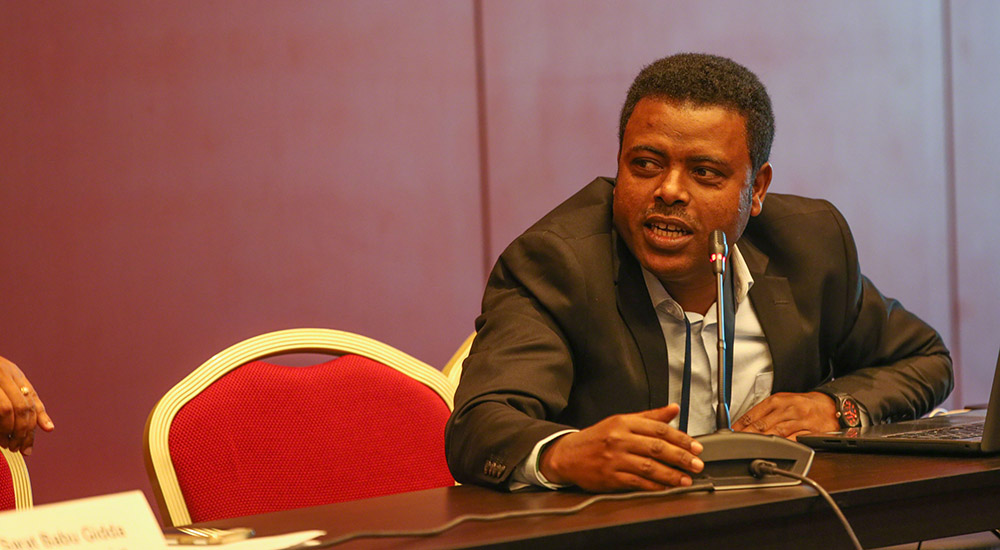

Civil Society Demonstration

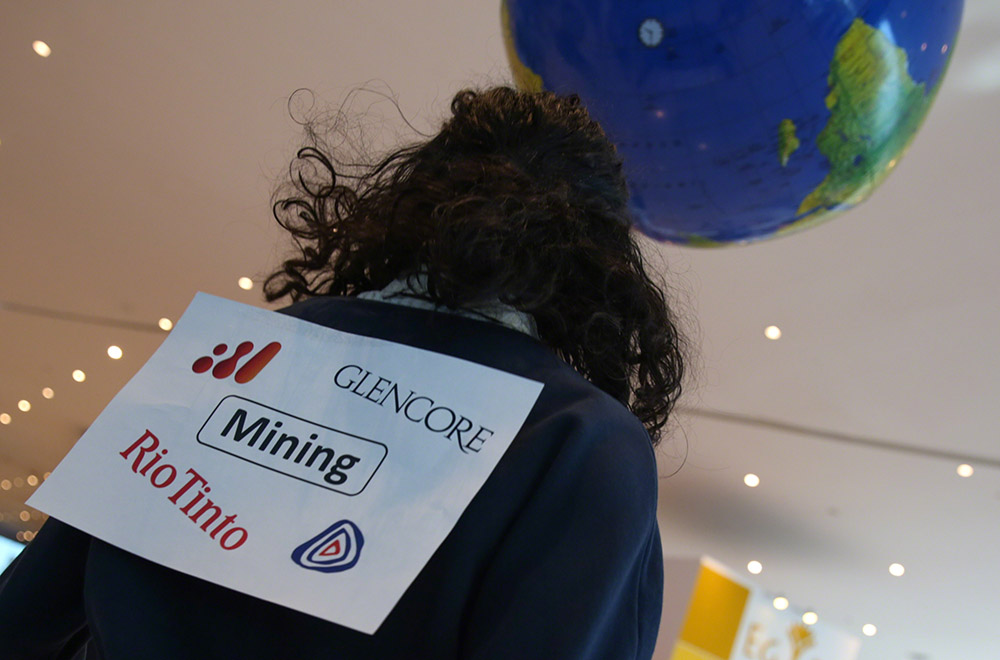

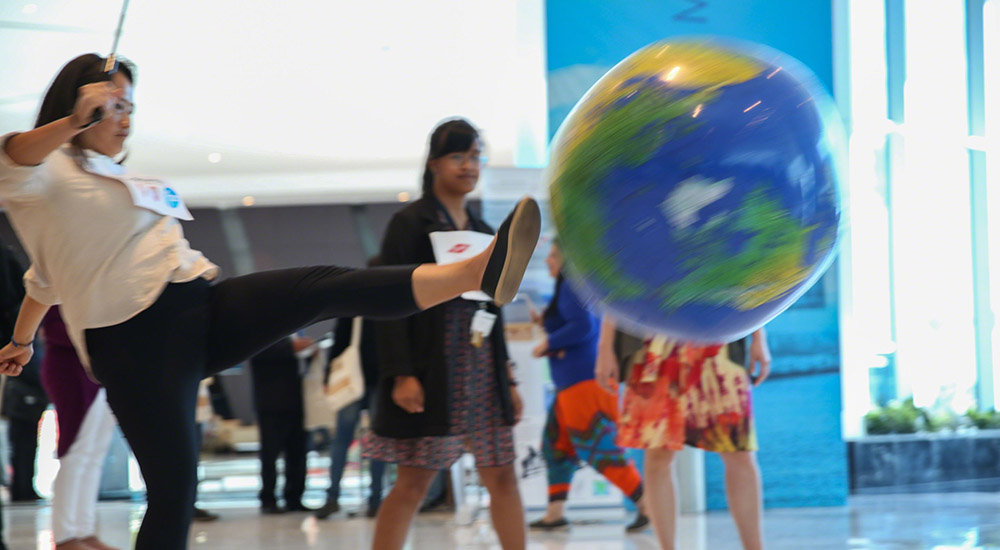

Around the Venue

